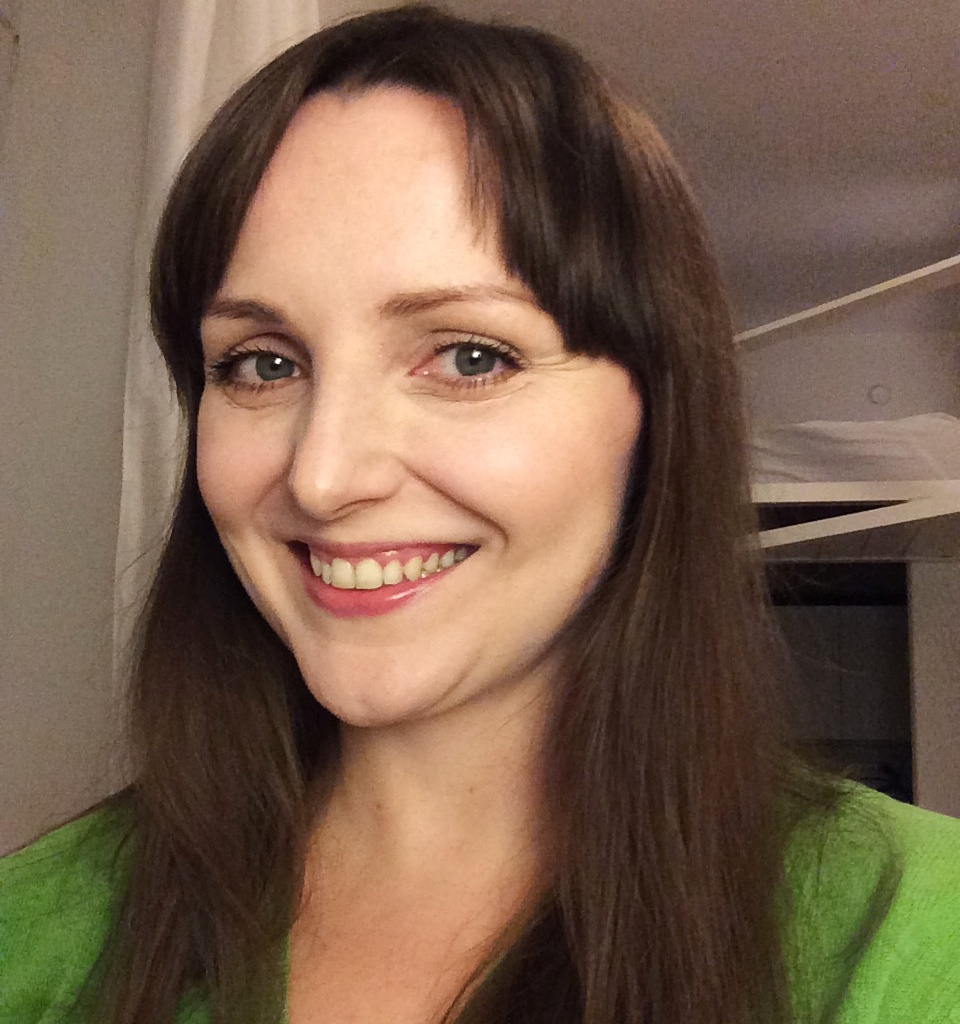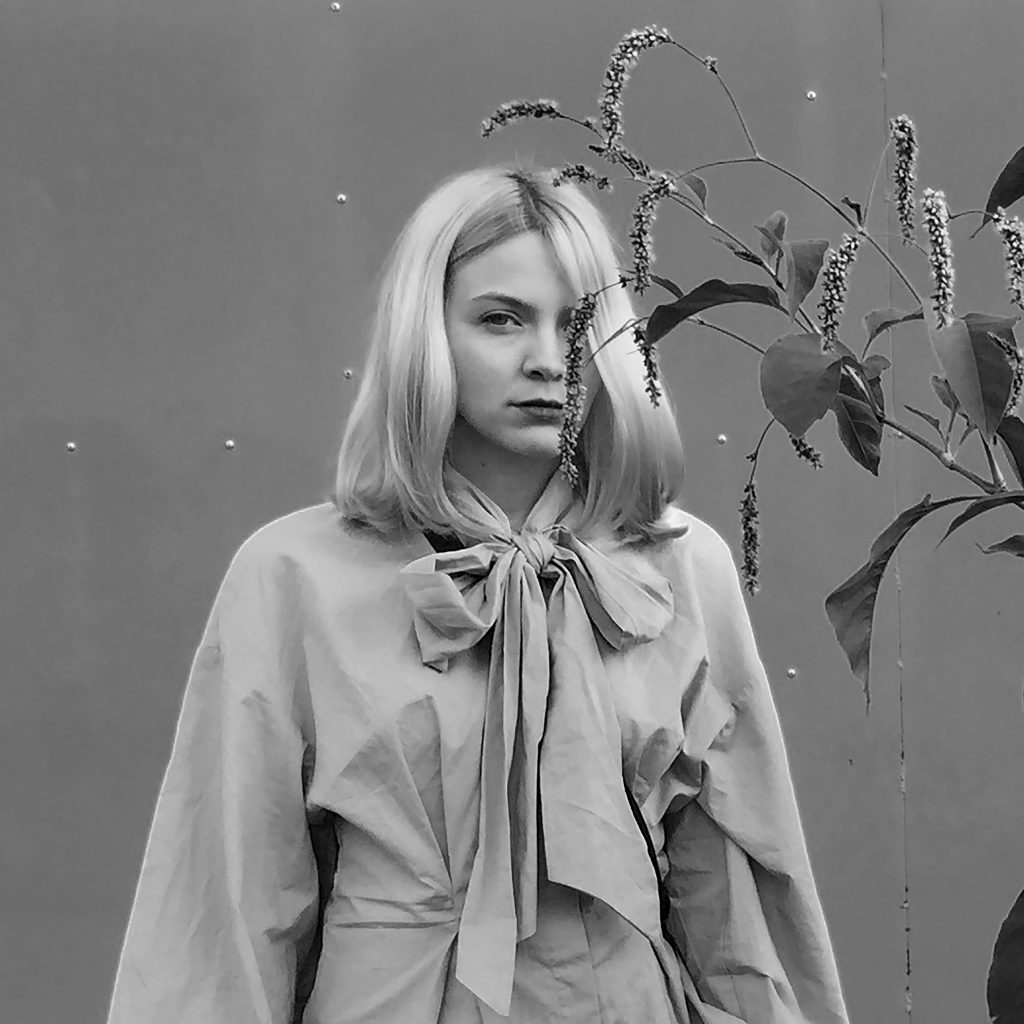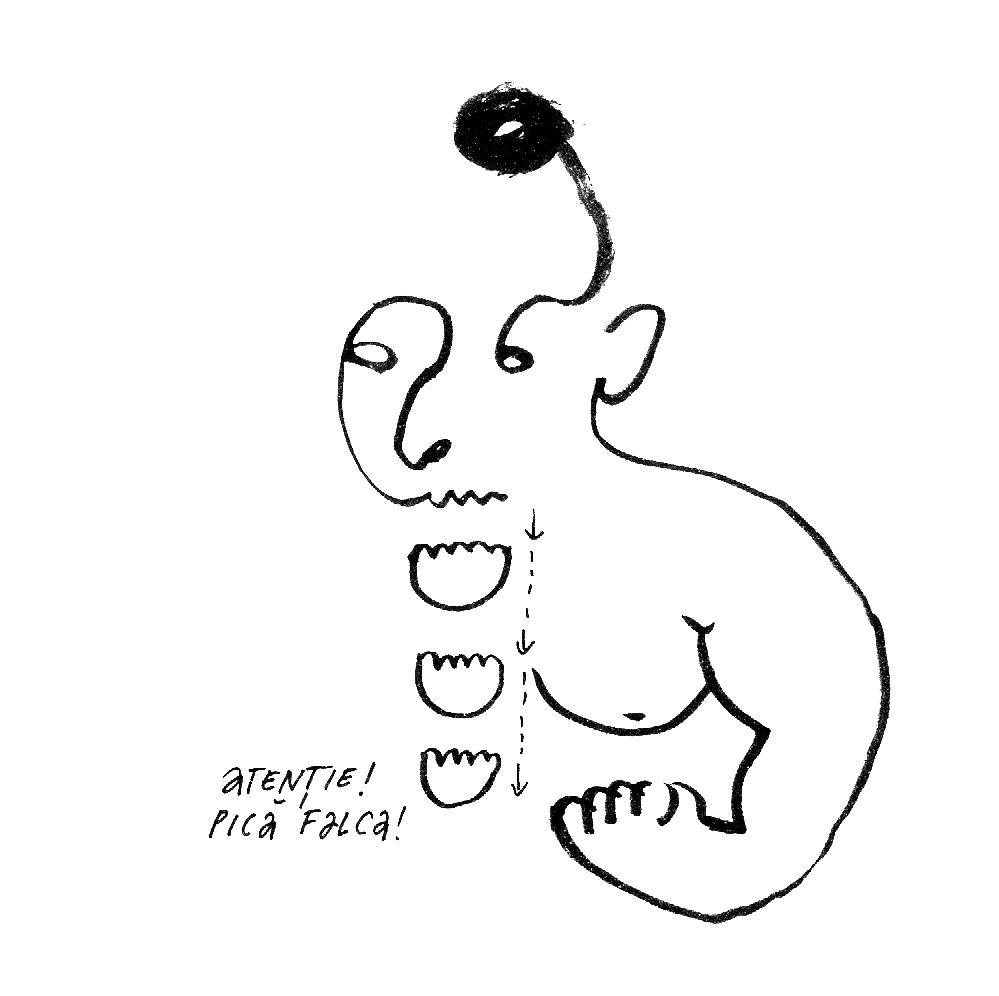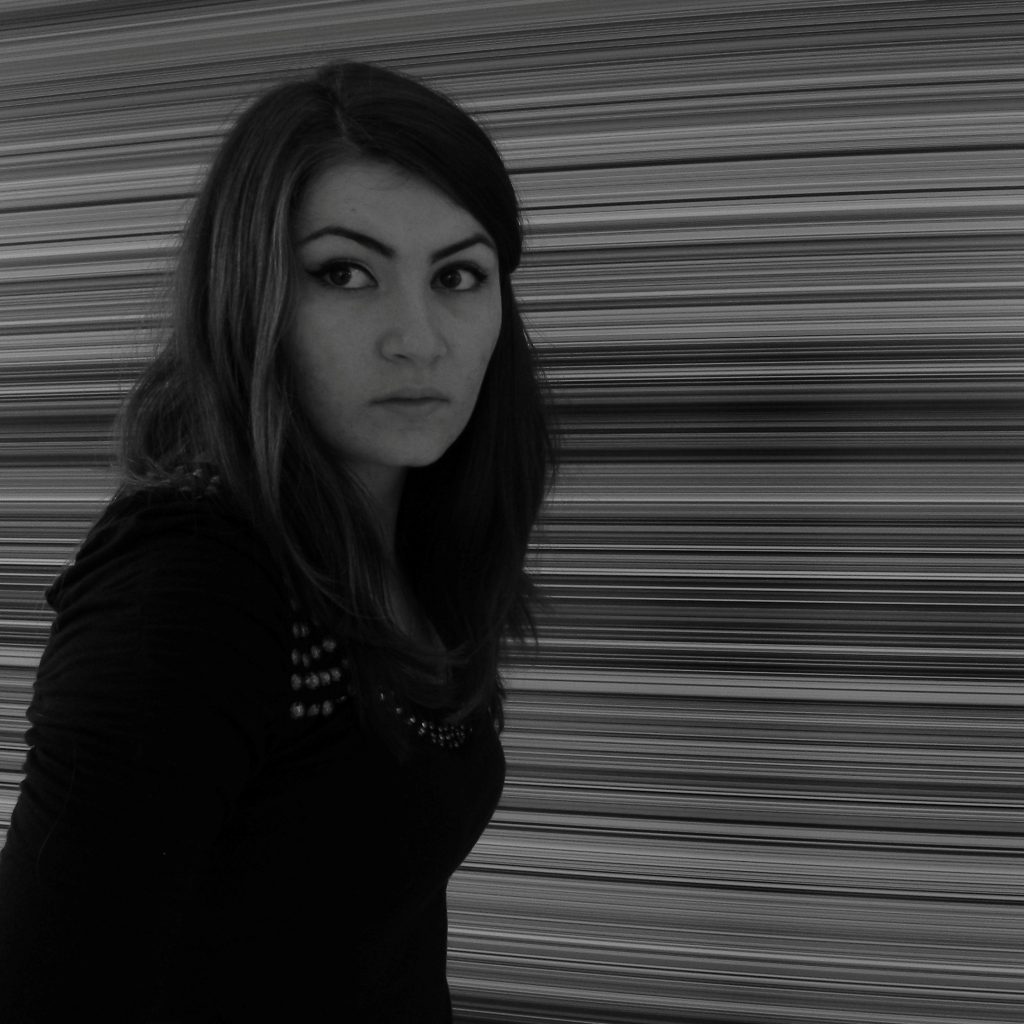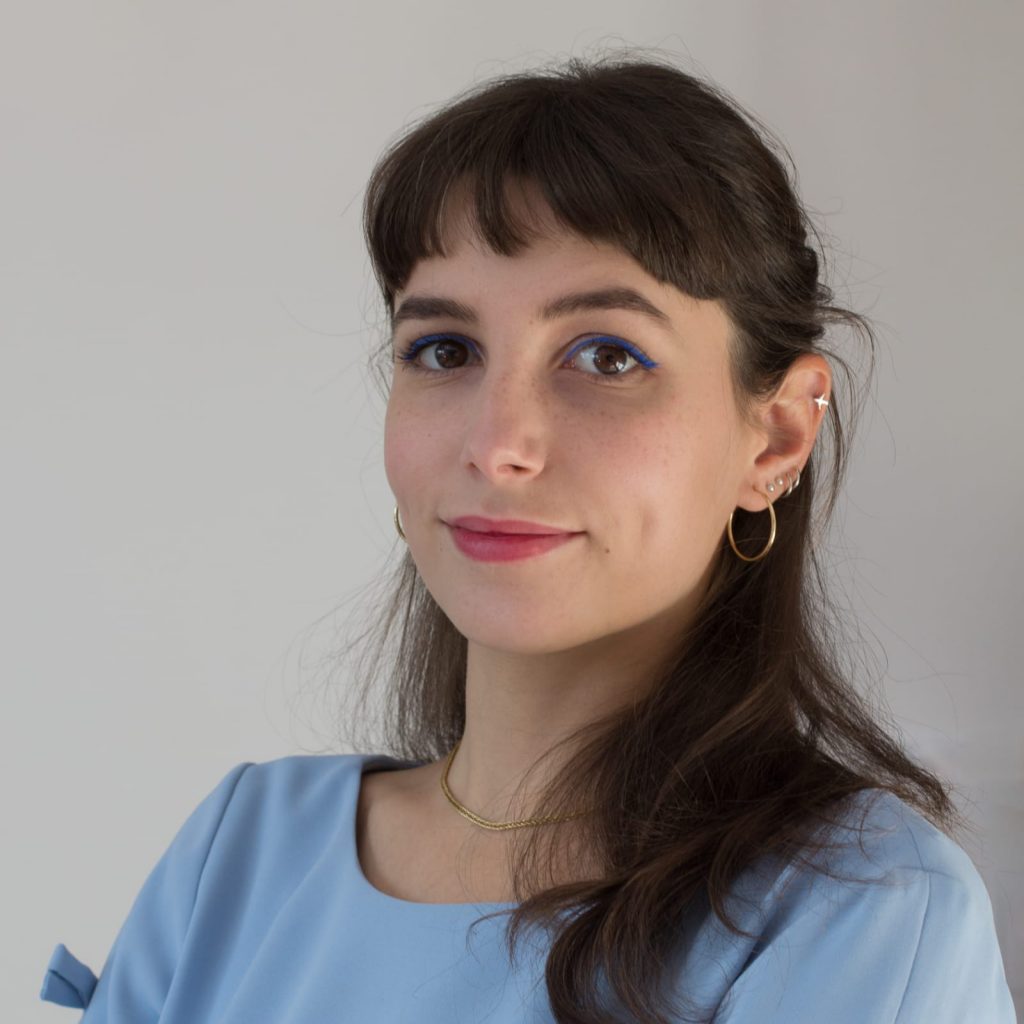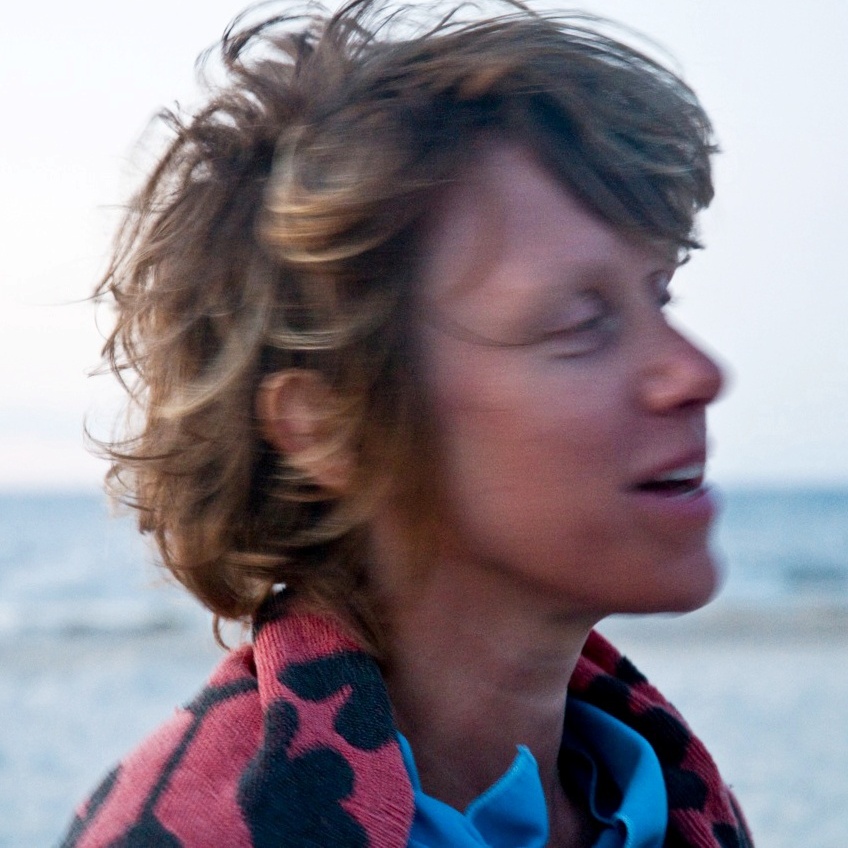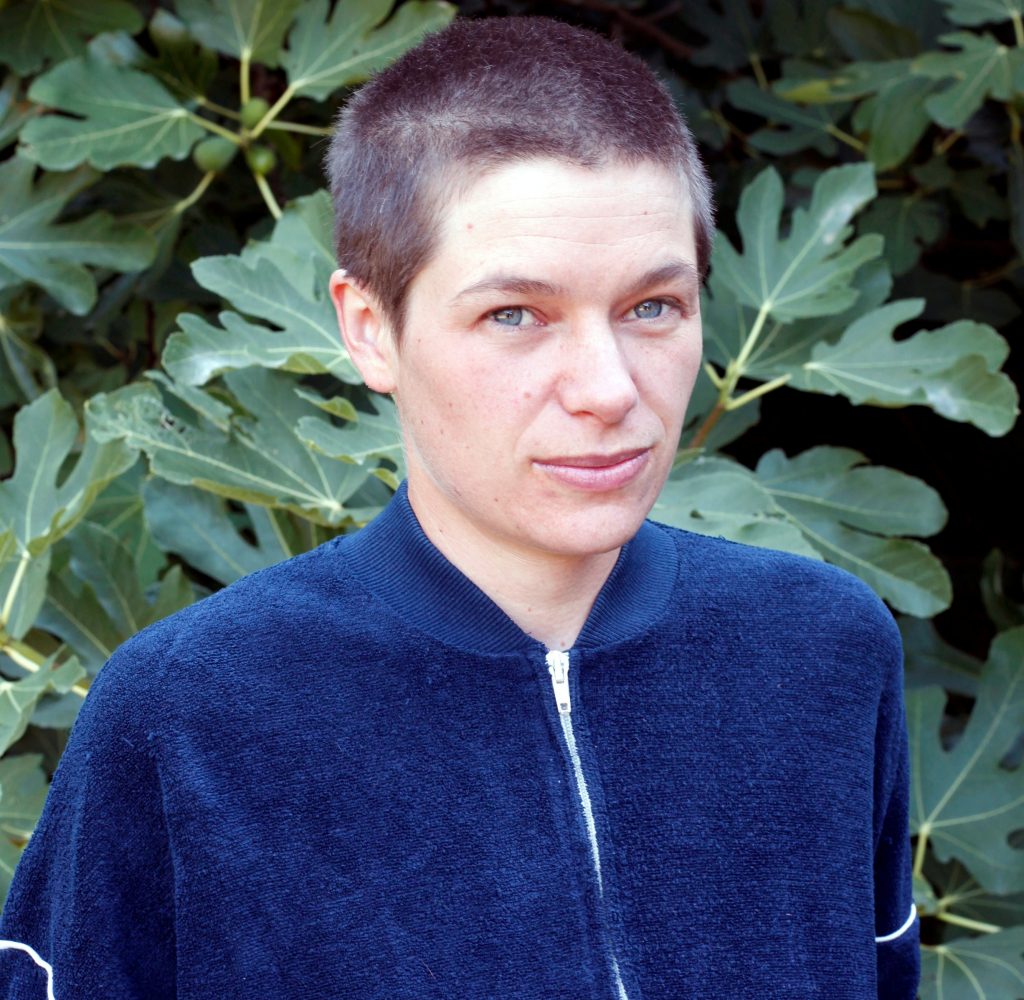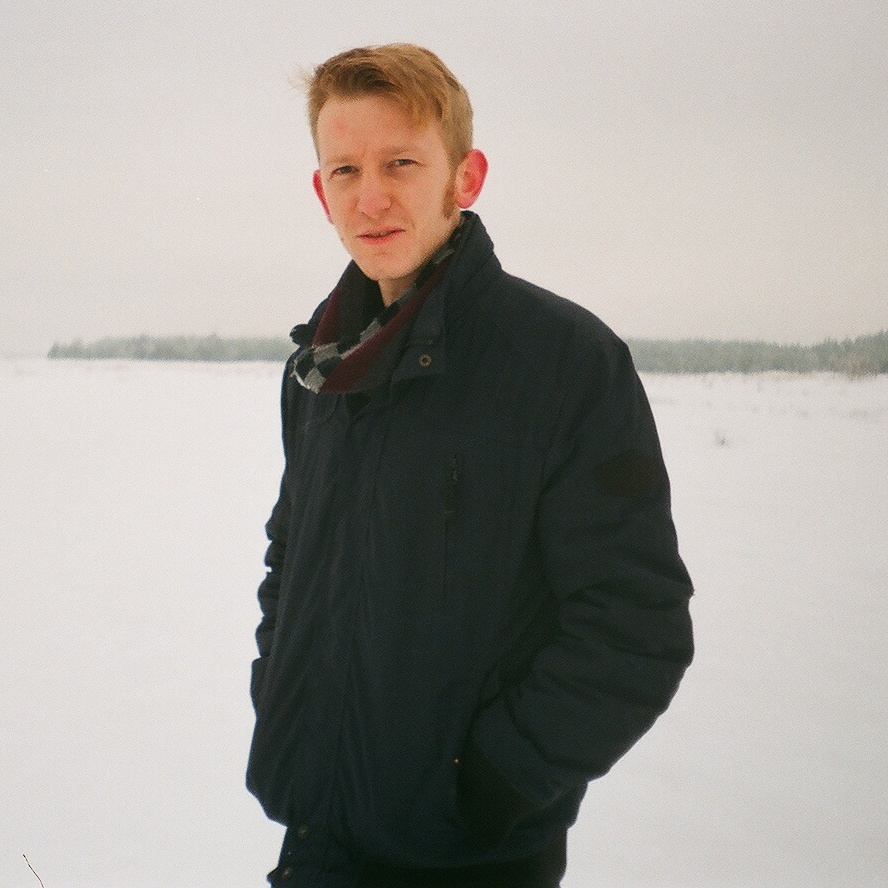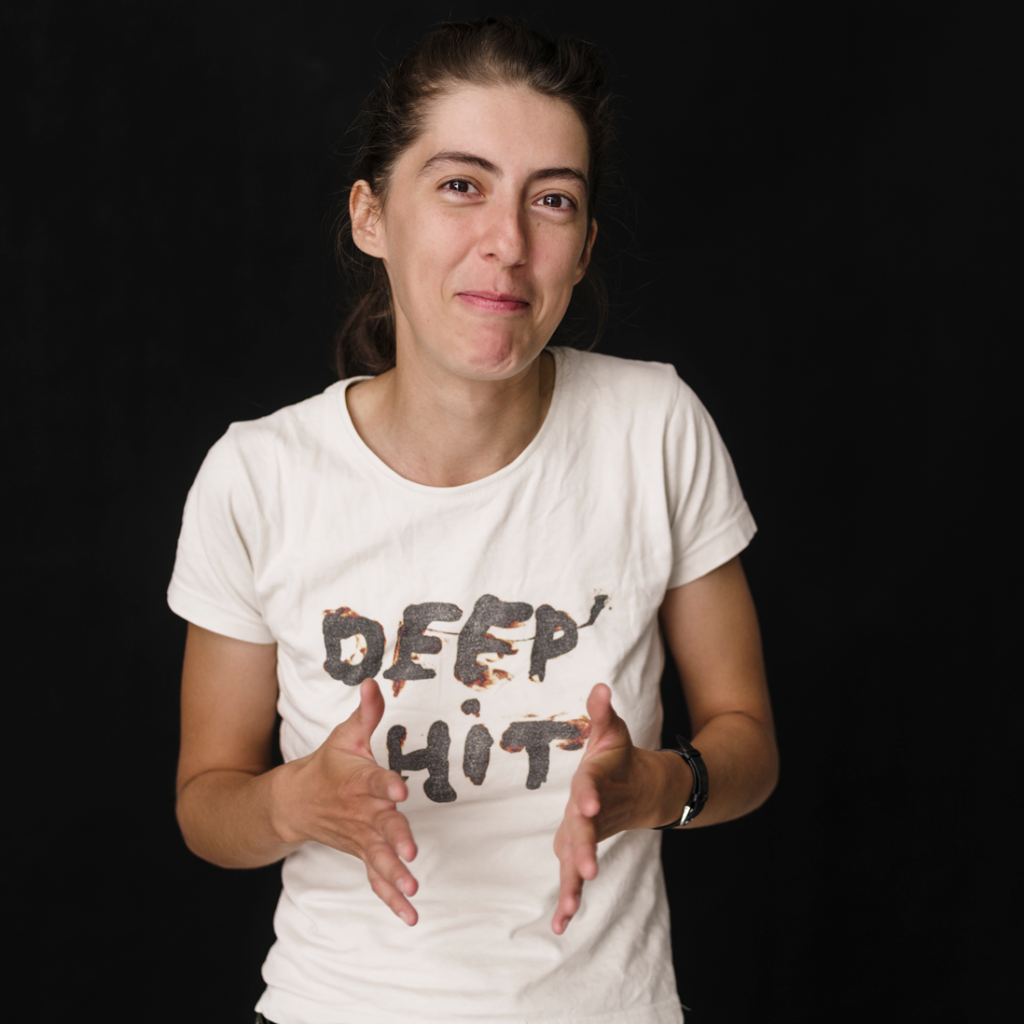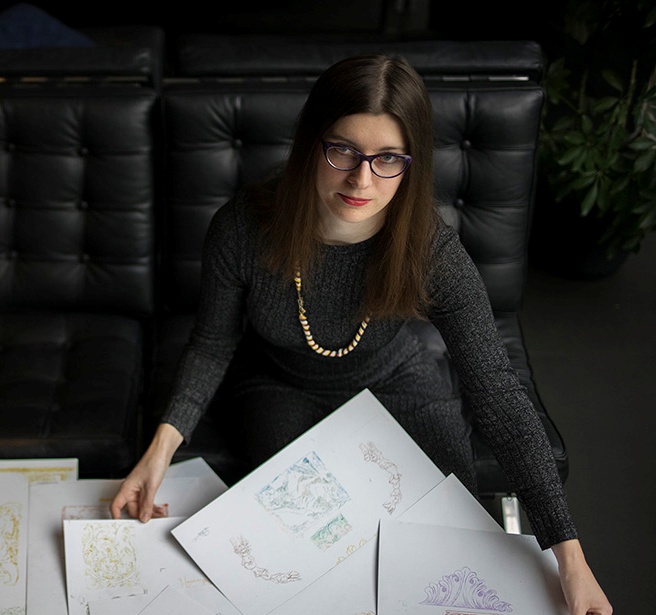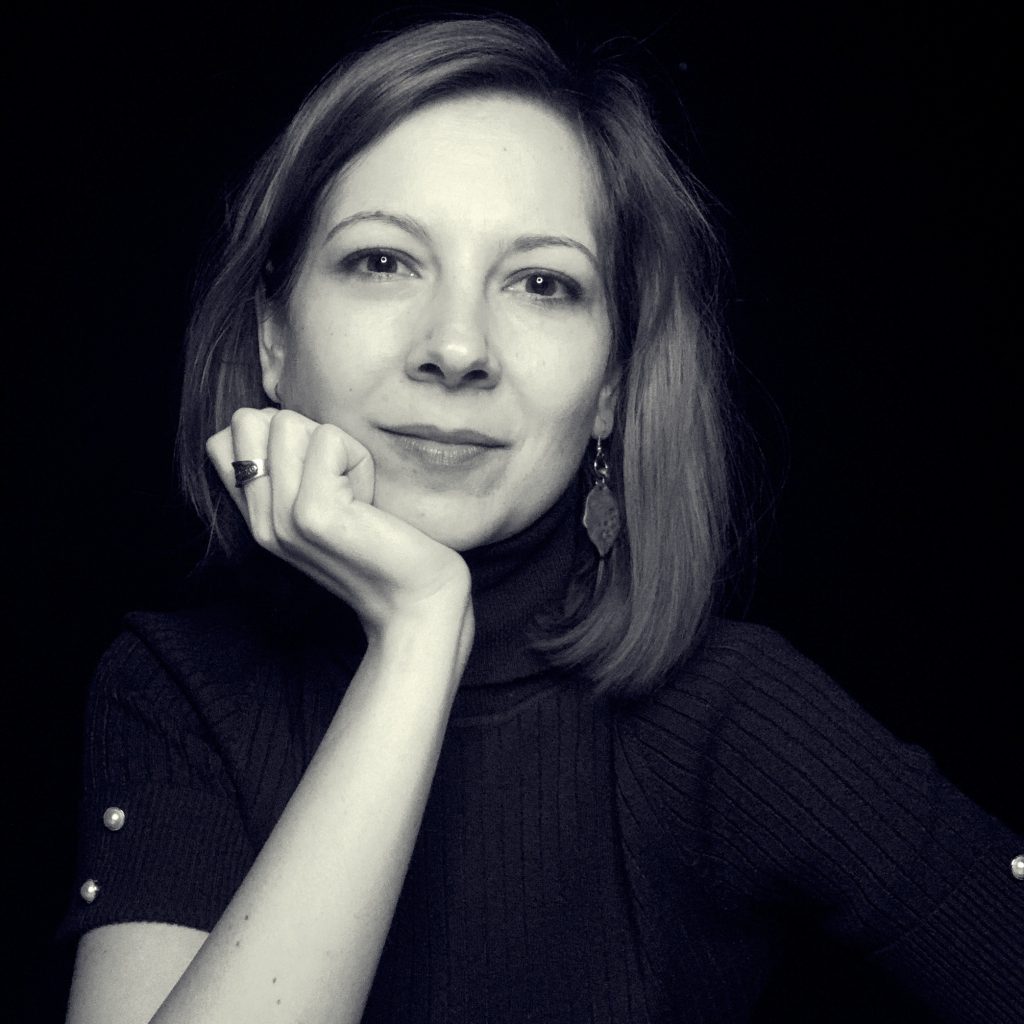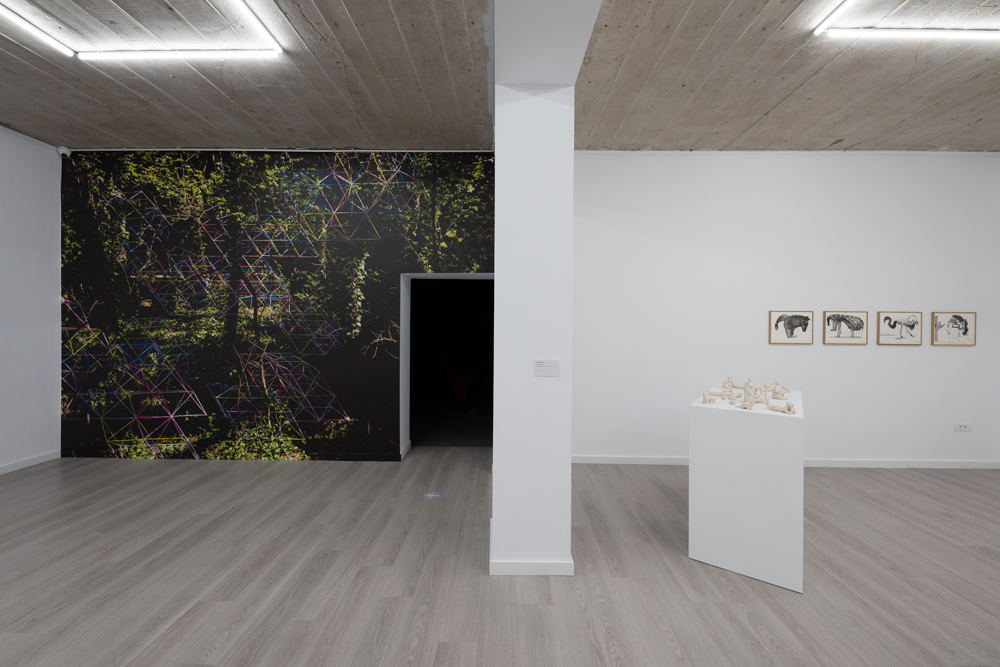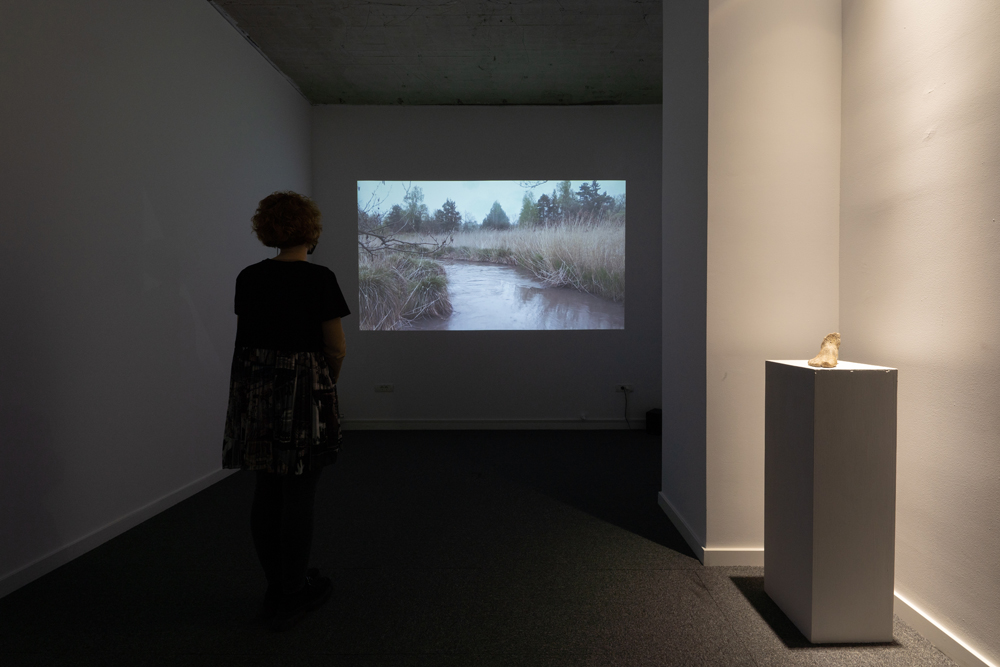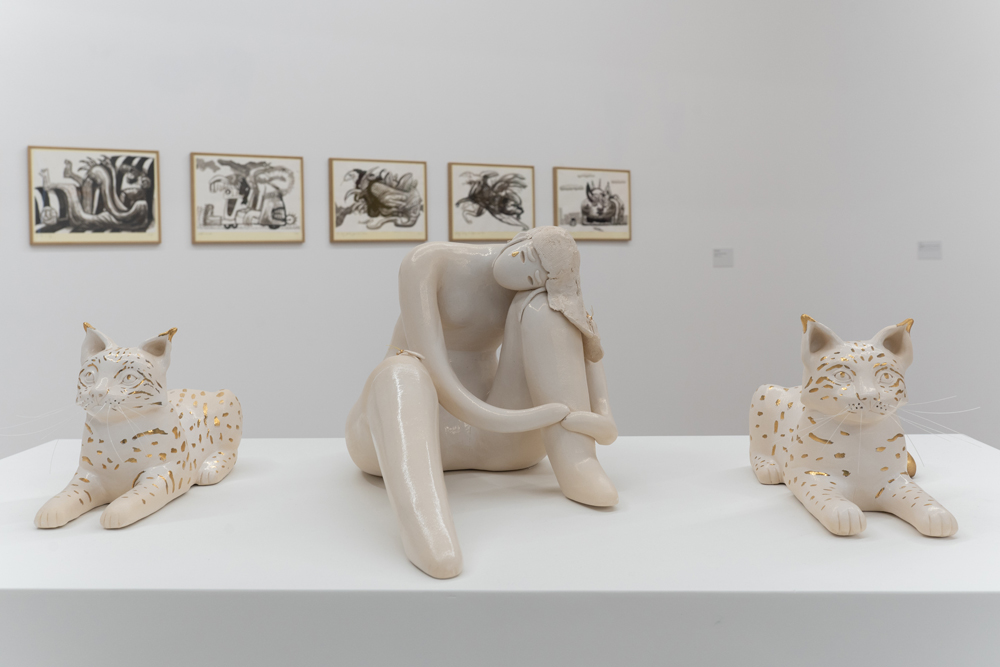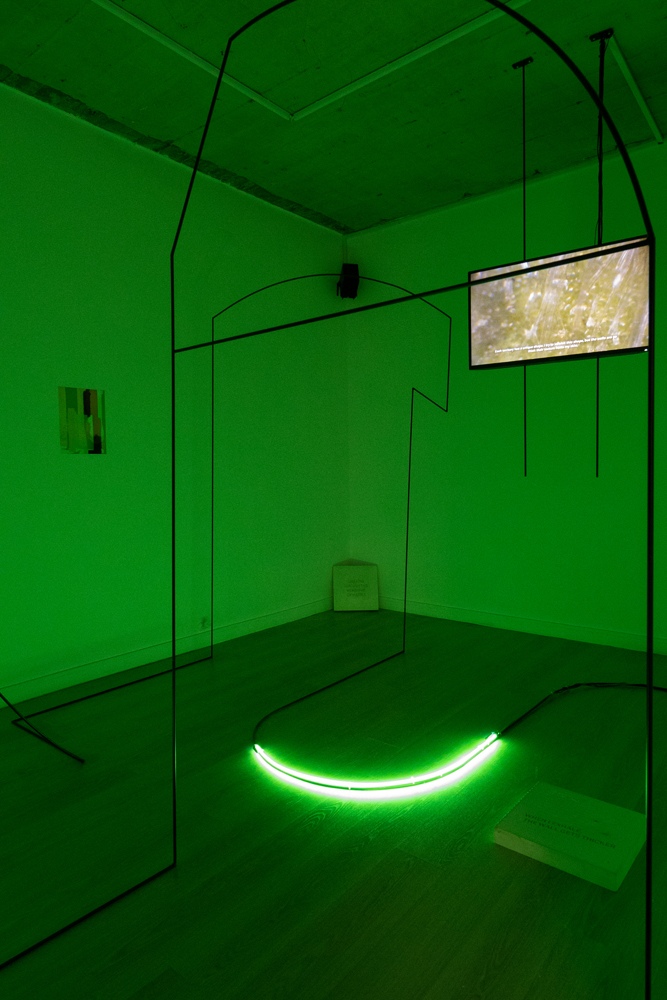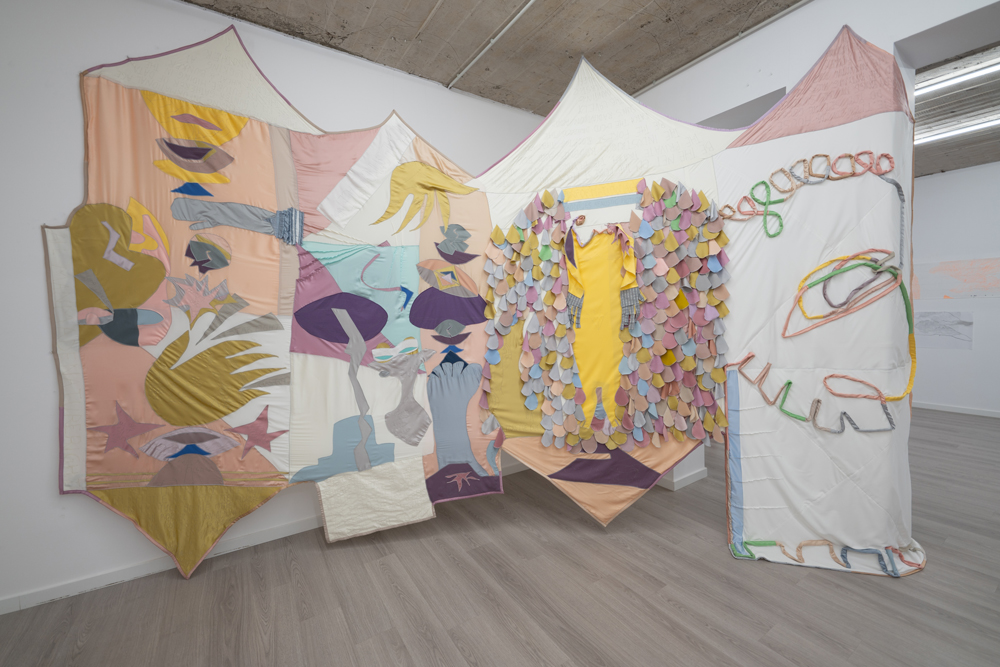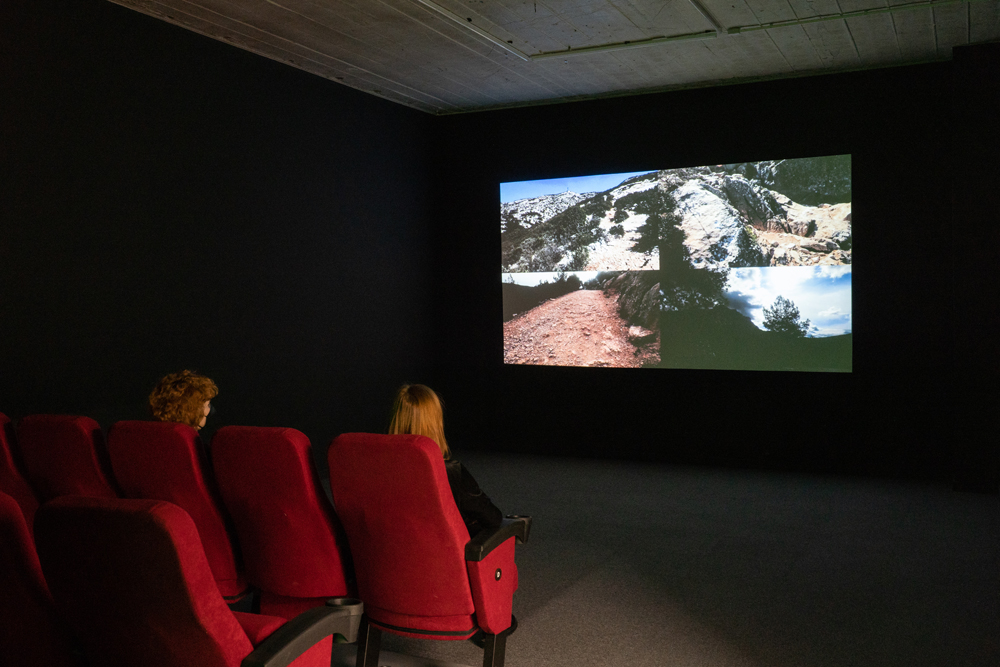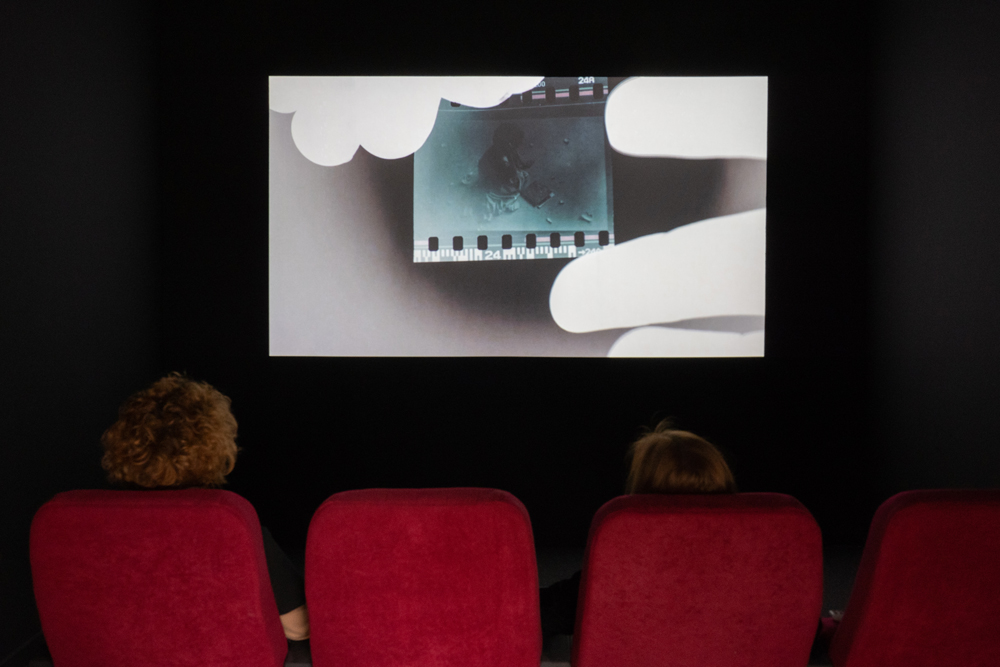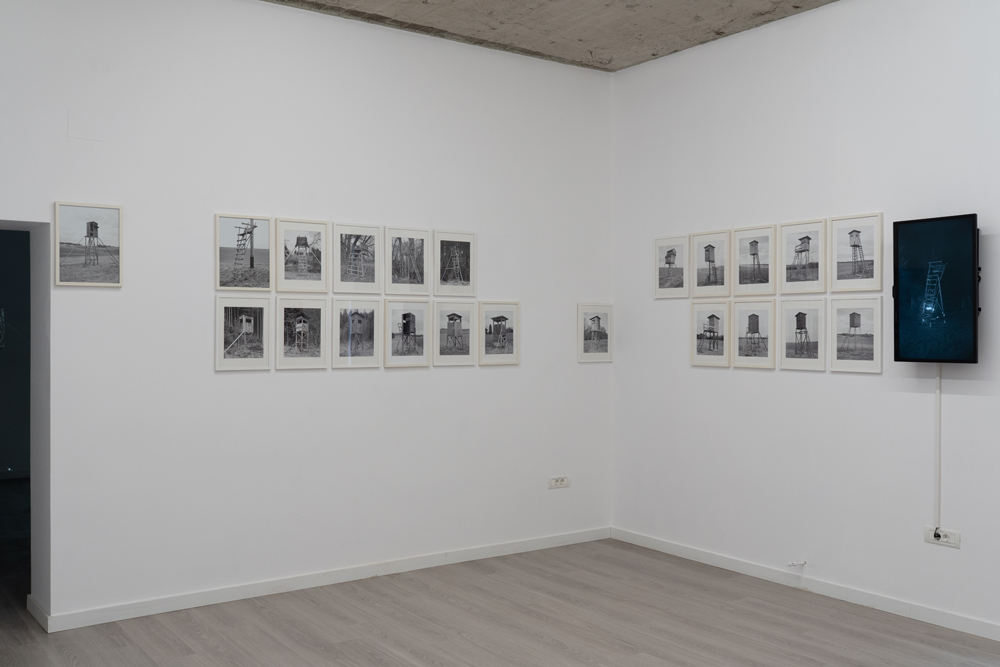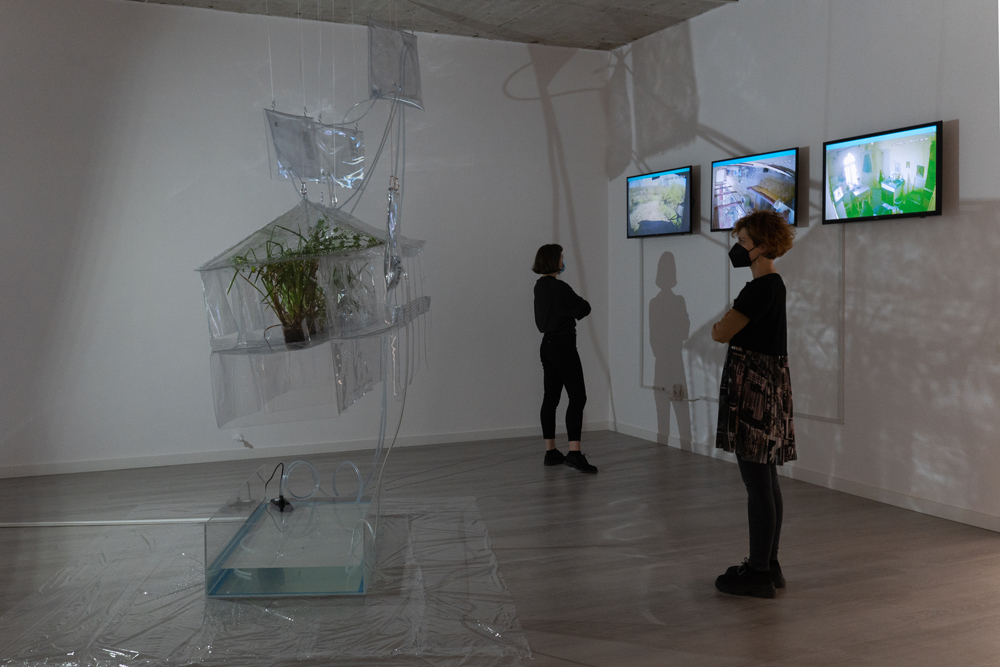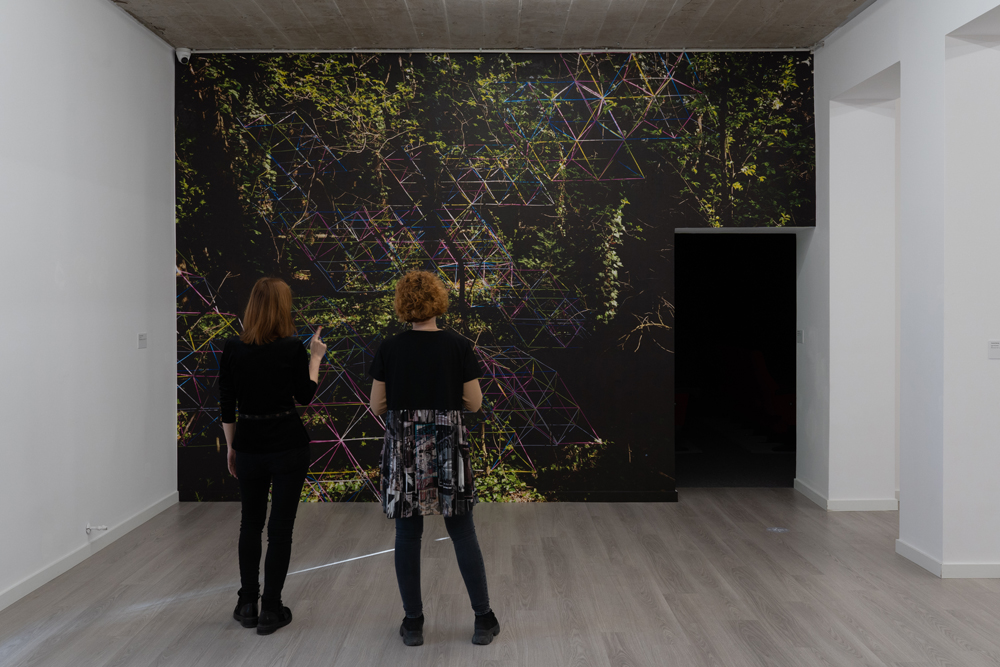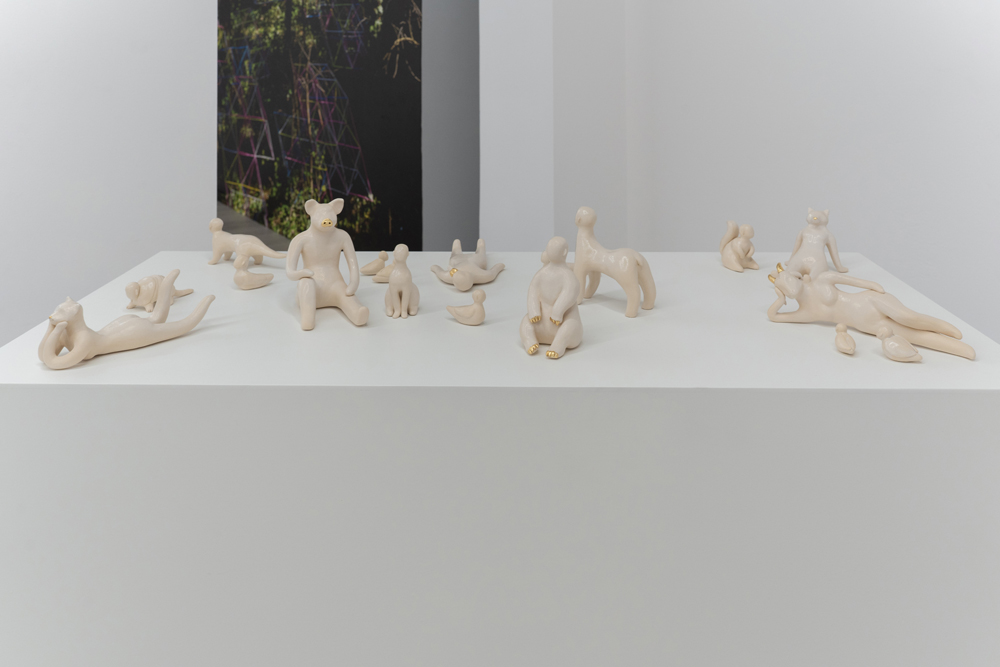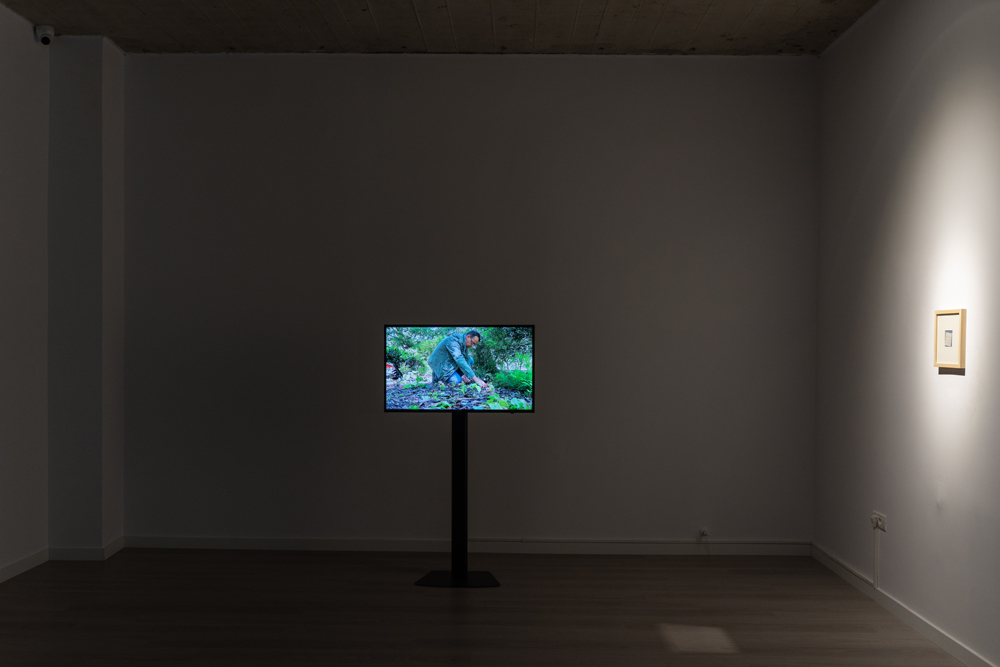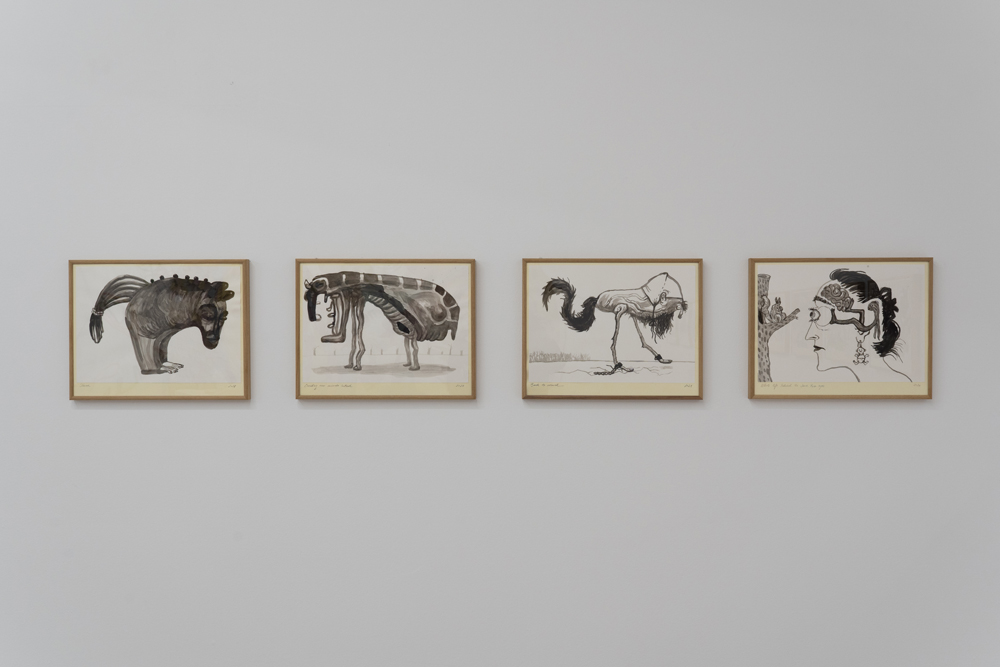
I feel something, don’t know what
Curators: Magda Kardasz & Diana Marincu
Exhibition dates: 15 April – 5 June 2021
Organisers: Art Encounters Foundation and Zachęta Project Room / Zachęta – National Gallery of Art
Sponsor of the permanent programme: Banca Transilvania
Co-financer: The Administration of the National Cultural Fund
With the support of: The Polish Institute in Bucharest, Romanian Cultural Institute — Warsaw, Adam Mickiewicz Institute
Cultural partners and collaborators: The French Institute in Timișoara, Timișoara 2023 — European Capital of Culture Association
Sponsors: ISHO, Thesaurus, Illy, Agasi, Melbo
Media partners: The Institute, RFI Romania, Radio România Cultural
Graphic design: Bogdan Matei
The exhibition I Feel Something, Don’t Know What is a collaborative project with Zachęta Project Room, aiming at building a creative bridge between active creators of the artistic scene in Timișoara, Romania and Polish artists included in the exhibitions of our partner institution in Warsaw, Poland over the last few years.
Curated by Magda Kardasz and Diana Marincu, the exhibition brings together seven artists from Timișoara (Lera Kelemen, Ana Kun, Andreea Medar, Carmen Nicolau, Pusha Petrov & Miki Velciov, Sorina Vazelina) and six Polish artists (Zofia Gramz, Janusz Łukowicz, Paulina Pankiewicz, Anna Siekierska, Mikołaj Szpaczyński, Marta Węglińska), invited to produce a new work starting from several intertwined thematic topics: the correlation between natural ecosystems and human intrusion; the creation of some hybrid anthropomorphic creatures – extensions of multiple human hypostases; the artists’ activist and ecological interventions regarding environment, the city and the public space. Thus, the artists are rather interested in self-organising and collaborative structures, which drive them away from existing systems, be it inspiration taken from nature and the wilds, or developing a personal and collective conscience fully sensitive to nowadays issues of human existence inside an exhausted anthropocentric system.
The title of the exhibition, inspired by one of the drawings made by artist Zofia Gramz, underlines the feeling of uncertainty that the planet has been sending us nowadays, as well as the disconnection between the emotions and the reflection caused by an often absurd situation. The series of drawings starts from a realm of thought that the artist calls “dreaming by doing”, and each title suggests a remark or a state about everyday life, promptly processed in a drawing that hence takes part in the process of understanding and acquiring knowledge.
Carmen Nicolau questions the dominating role of man in relation to animal life, and creates a role reversal, materialized in ceramic works configuring an alternative world populated by hybrid creatures. As for the production that she specifically prepared for the exhibition, Carmen proposes a group of ceramic figurines inspired by the antique rendition of the ancient Queen of Animals, also known as Potnia Theron.
Ana Kun experiments for the exhibition a new approach to plastic representation, in a textile collage jointly made in a fashion design studio (with Diana Bobar, Gina Larion and Ionela Stratan). The multi-layered work both on an aesthetic and conceptual level was inspired by the artist’s trips to Șumiga volcano, at the bunkers built during communism for the purpose of controlling the borders with ex-Yugoslavia. The structures imitate the shape of the hills where they were built. The outcome is a delicate textile work made of silken fibre in pastel hues, which can take various shapes, as the artist states – it can be a flag, a daily use bed, a tent or a garment of a bunker.
Pusha Petrov and Miki Velciov also reflect on the human intrusion in the natural environment, and propose a repetitive modular structure placed in an abandoned garden, where the line network imitates nature’s self-generating process. The two artists aim at underlying the contrast between the non-aggressive, even healing “invasion” of nature and the abusive intrusion of man, which all too often forcefully overthrows communities, resources, territories and nations.
Paulina Pankiewicz resorts to endurance sports performance in order to approach a symbolic place in the history of arts, Mont Sainte-Victoire, which appears almost obsessively in Paul Cézanne’s paintings. The artist tried to get as close as possible to the essence of such an iconic landscape by making a video “recording” of her preparation for a running competition where she participated herself back in 2019, and by a series of drawings called Score C, an abstract map of the physical and emotional co-ordinates through which a space is perceived.
Lera Kelemen’s multimedia installation acts as an interface between the individual and artificial experience of isolation on the one side, and access to natural environment on the other side. The “green screen” becomes the perfect metaphor of a synthetic world where the border between the skin and the landscape is virtually augmented and poetically decoded by the artist through the textual inscriptions included in the installation.
Sorina Vazelina proposes a portrait research of the Traian neighbourhood in Timișoara, with its inhabitants and the multifaceted history of the area, including the oldest park in the city, Queen Mary Park (Parcul Regina Maria), where several old trees have been cut down. Sorina made a 3D representation of her drawings and stories, in a box, using wood carving for the first time (the wood from the fallen trees, which the artist had fought to save), in order to give life to the characters inspired from reality.
Anna Siekierska exhibits a set of photographs and a video from a series focusing on the topic of hunting, which she approaches from a critical perspective. Her photographs capture the wooden structures used by hunters in order to aim and for the better visibility of the prey. The documentarist style of her photography suggests the “necessary destruction” of those areas and of the practice of attacking animals. From an aesthetic point of view, it reminds of duo Bernd and Hilla Becher’s project, who documented industrial spaces right before their disappearance.
Marta Węglińska exhibits an experimental film about duality and elastic times, which can cover the whole history of mankind. The characters of the film also come from various paradigms, from the mythological archetype of equilibrium and knowledge to the rebel, provocative figure, then to its metaphorical double covered by a mask, which makes the scene when the figure becomes one with the beast, the Wolf – a sum of all characteristics of human versatility.
Mikołaj Szpaczyński permanently brings out micro-adventures from his exploring the wild and solitary environment outside the rules of the city. A walk or any type of interaction with nature can work as a ritual which helps the body find its way back close to a dynamic, natural and necessary medium. The two videos included in the exhibition reproduce two childish, yet serious gestures, a confrontation of nature. The first one is an attempt of jumping over river banks or ever-steeper cliffs, while the second one deals with jumping up ever-higher surfaces, defeated by gravity and matter.
Andreea Medar creates a poetic collage made up of multiple elements which make up a multimedia installation, starting from childhood memories, family stories and the memory of a place now almost extinct. The centre figure is her grandmother, who lives in the Romanian village of Racoți. By contemplating the deterioration of the village and the specific elements of that particular space, the artist rebuilds the house mock-up, and brings inside the exhibition area a cut-out of nature and artificial elements such as plastic, besides the live image of her grandmother’s daily routine.
Janusz Łukowicz uses a piece of advice or sort of motivational quote from a magazine in a similar manner to the art of using Fluxus types of superimposed works, and then he completes that specific task literally. The advice on the little note that he photographed says that, in order to be happy, a positive thing to do would be volunteering in Riverside Park and planting flowers. Therefore, Janusz put that into action: he flew to New York for one day, cleaned out few plots in the park and planted flowers, documenting his actions for an exhibition of Zachęta Project Room, in 2018.
Artists
Curators
This exhibition is part of the Art in Action cultural project, co-financed by The Administration of the National Cultural Fund.

